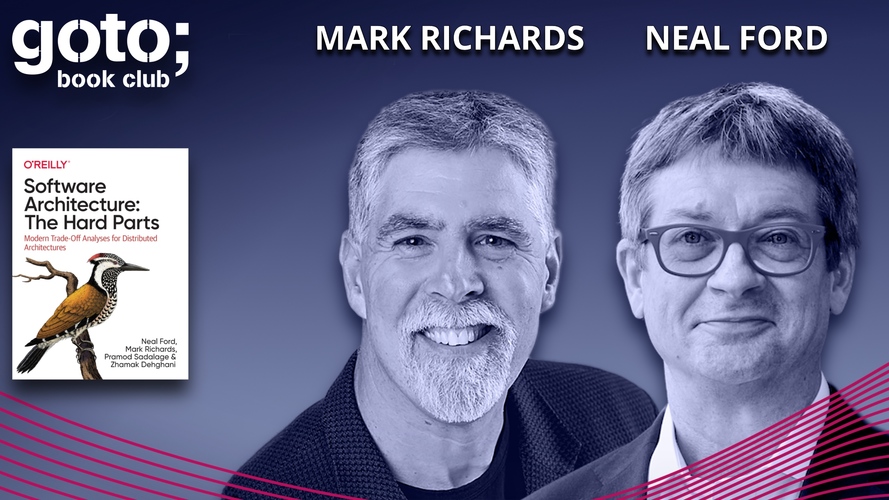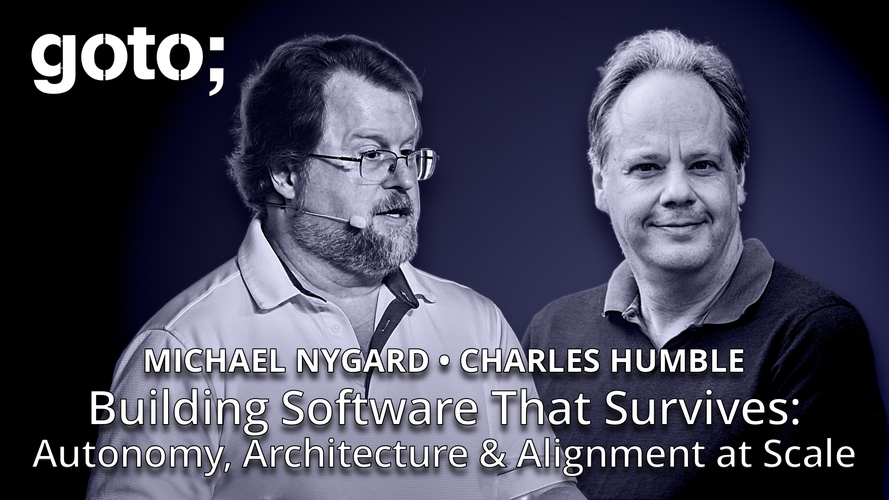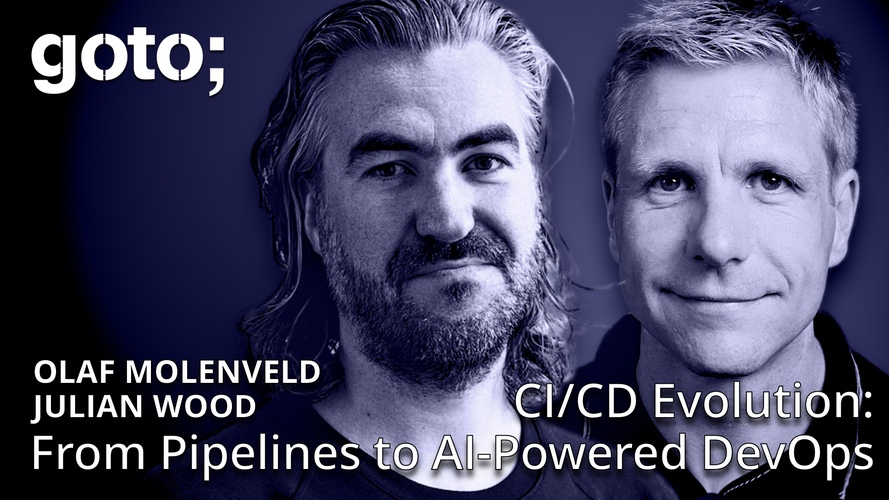continuous delivery

Farley's Laws

It’s Not Continuous Delivery If You Can’t Deploy Right Now

Software Engineering - Development in 100 Years Time

Mobile Continuous Delivery is closer, easier (and more fun) than you think!

With Age Comes Wisdom (Hopefully): Lessons Learned in 15 Years of Building Software

Prerequisites for Modern Platform Engineering

The Most Dangerous Phrase

Modern Continuous Delivery

Deliver Results, Not Just Releases: Control & Observability in CD

Modern Continuous Delivery

How AI & DevOps Are About to Change the Way We Create Products

Journey From 100’s of Pipelines To a Single Pipeline

Transforming Legacy Applications in the Enterprise: Société Générale's Story

How to Deliver Quality Software Against All Odds

How To Lead Through Transformation in Tech

Building Modern Software at Scale: Architectural Principles Two Decades in the Making

High Velocity Development of Microservices

Advanced Feature Flagging: It's All About The Data

Microservices Out In the Wild

40 Jenkins Features & Plugins You Wished You had Known about Before!

Continuous Integration: That’s Not What They Meant

Practical Tips and Tricks for CI/CD Success

The Pipeline-Driven Organization

Production Model Deployment

Deep Learning for Developers

CI/CD Evolution: From Pipelines to AI-Powered DevOps

The Art of Unit Testing

Architecting for Scale

Software Engineering at Google

Software Architecture: The Hard Parts

Is Software Architecture Still Important?

Release It!

How to put Engineering into Software Development

Expert Talk: DevOps & Software Architecture

How to Continuously Deliver Quality Software Against All Odds

Building Software That Survives

CI/CD Evolution: From Pipelines to AI-Powered DevOps

Manuel Pais
Co-author of the book "Team Topologies: organizing business and technology teams for fast flow"

Dave Farley
Continuous Delivery Ltd.
Software Developer and Consultant, Founder of Continuous Delivery Ltd., Author
Browse all tags
Here



